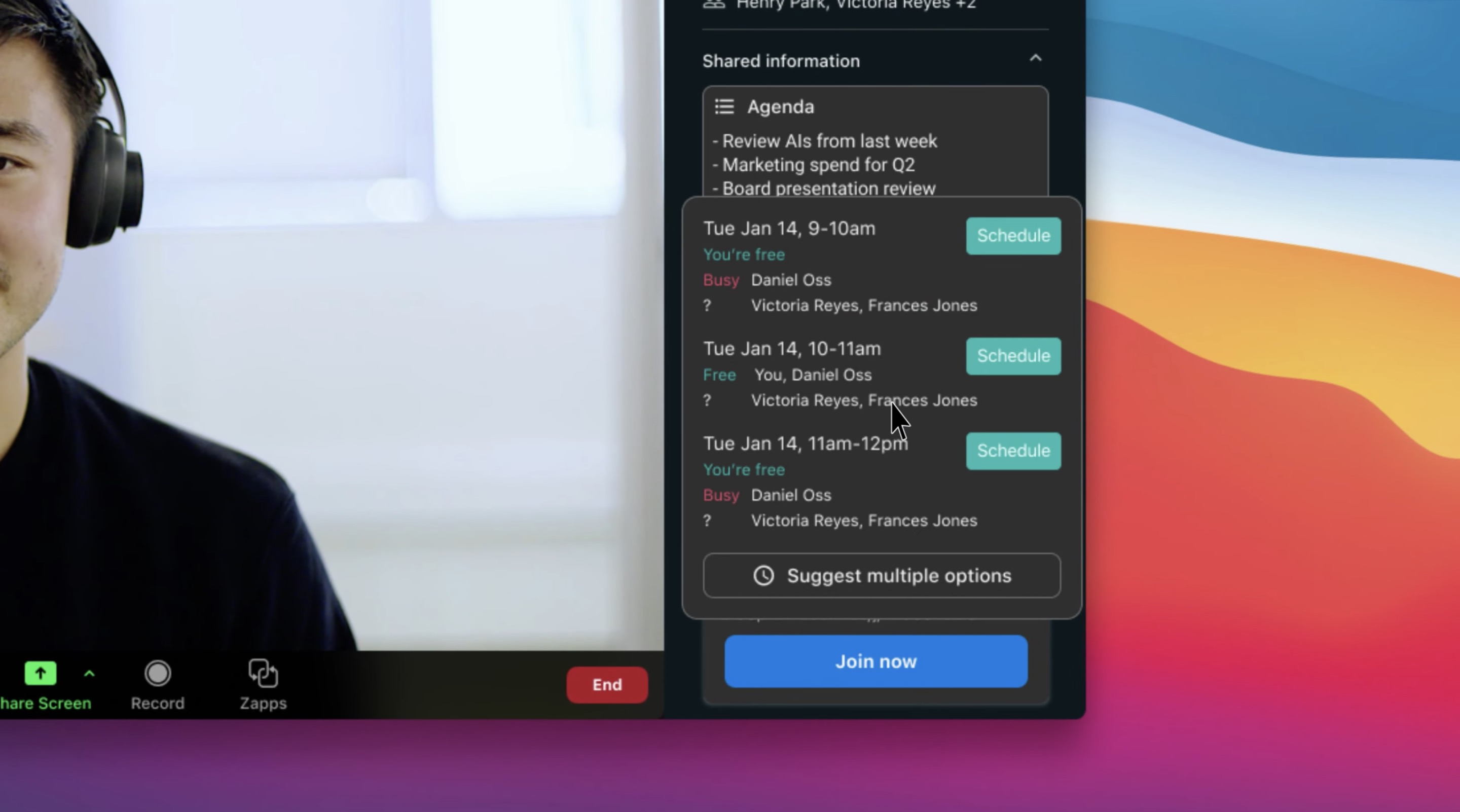The dream to find out what actually happened on your favorite show last week, spill the tea with the Real Housewives or learn about your favorite artists’ creative process is now underway as Cameo launches a new feature, Cameo Live. This new 10-minute video calling feature allows users and their friends to have a live conversation with the celebrity of their choosing.
The feature is Cameo’s latest iteration on connecting fans with their favorite celebs.
In 2020, the company tried the pricey service Cameo Zoom, which also offered 10-minute calls — but only through Zoom. That feature has since been shut down. The following year, Cameo introduced Cameo Calls, which follows a similar premise as Cameo Live, but on a shorter time limit (two minutes). It also only supported one-on-one calls, not groups of friends as the new offering does.
Additionally, the company markets a direct messaging feature —where users buy the opportunity to send a DM like on a social media app — but it cannot guarantee the user will receive a response.
“Need a pep talk before your next job interview or Ironman triathlon?,” read the company’s post. “Want to jam with a guitarist you admire, or host a virtual birthday party or bachelorette celebration that’s not just another Zoom? How about recapping a premiere with the star of your favorite TV show, or even getting an idol to help you propose to the love of your life? Cameo Live beta testers have booked these events and more,” it said.
Cameo says it’s been testing the service for the past couple of months and claims to have seen positive reactions.
To book a call, users will propose three dates and time slots that work best for them and can invite up to nine other individuals to join them on the call. Bookings can take place on Cameo’s website or on the newly launched Cameo Live application available in the Koji App Store, a link-in-bio app used by influencers.
Some of the celebs a user can select to chat with on Live include musical artist B.o.B, actor Sean Astin and drag queen Brooke Lynn Hytes.
Users can expect to spend anywhere between $100 and $2,000 for a live call, but pricing is dependent on the stars’ availability. According to Gizmodo, the celeb can decline a call, leave the ongoing call and block users.
The launch of the new “Live” feature is the first big move the company is making since laying off close to 25% of its staff earlier this year and is part of the company’s new chapter.
Cameo has raised over $165 million since its founding in 2017 and was valued at $1 billion back in March 2021, according to previous TechCrunch reporting.
The company cites its celebrity shout-out videos, revenue streams for “stars” and its “Business” brands as just the start of what it hopes to build out as Cameo 2.0, a full-service technology platform.
“What started as a lightbulb moment with a new digital autograph five years ago led us down the path of reinventing the relationship between talent, fans and brands,” said Steven Galanis, Cameo Co-Founder and CEO, in a news release. “As the nature of celebrity continues to evolve, we’re on a mission to empower all global talent with a suite of products to connect with their fans whenever and however they wish. Cameo Live is an exciting milestone on this mission and we can’t wait to unveil even more new fan experiences in the coming months.”


